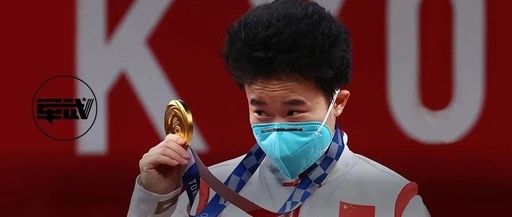
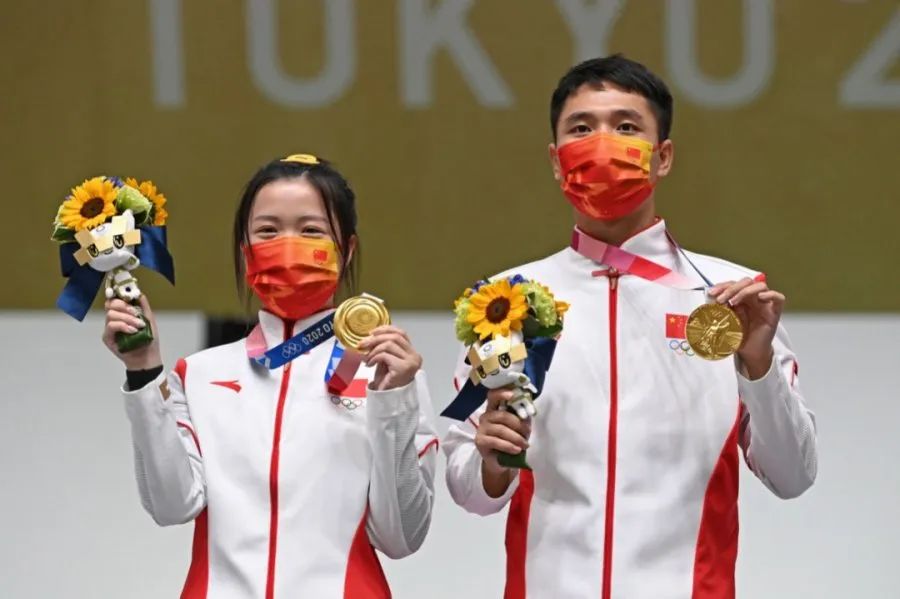 Olympic Gold: Women Outperform Men? The Tokyo Olympics have concluded, with China winning 38 gold, 32 silver, and 18 bronze medals, totaling 88 medals, ranking second in both gold and overall medal counts, achieving the best results in overseas competitions alongside the London Olympics. While we generally focus on the total number of medals, if we were to create a “gender leaderboard,” we would find that Chinese female athletes have won significantly more medals than their male counterparts, reflecting a phenomenon of “yin prevailing over yang.”
Olympic Gold: Women Outperform Men? The Tokyo Olympics have concluded, with China winning 38 gold, 32 silver, and 18 bronze medals, totaling 88 medals, ranking second in both gold and overall medal counts, achieving the best results in overseas competitions alongside the London Olympics. While we generally focus on the total number of medals, if we were to create a “gender leaderboard,” we would find that Chinese female athletes have won significantly more medals than their male counterparts, reflecting a phenomenon of “yin prevailing over yang.”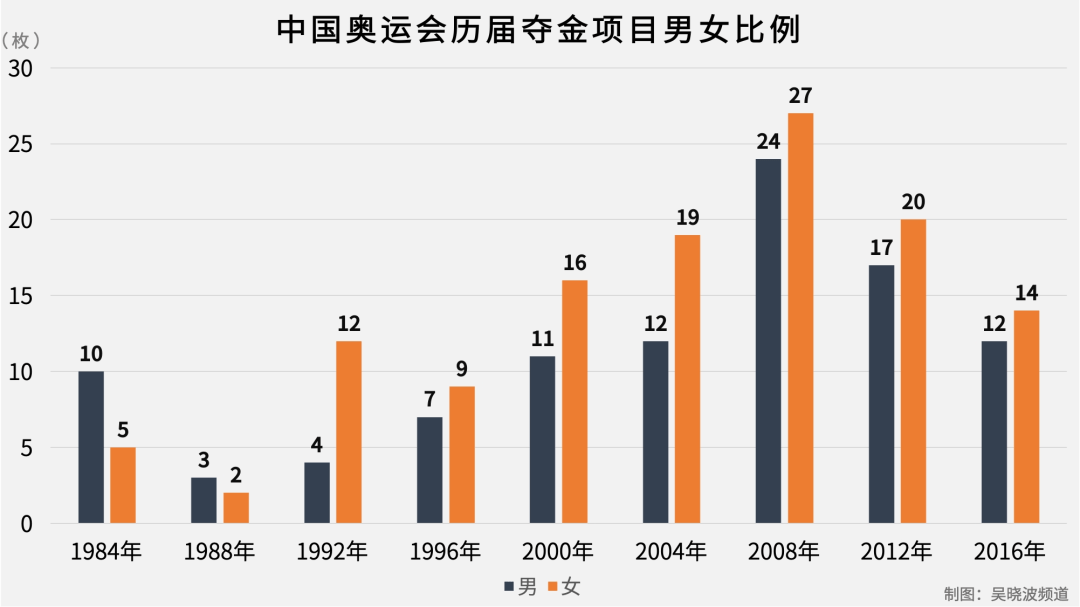 ▲ In the first two Olympics attended by China, men outperformed women (source noted in watermark) In this Olympic Games, female athletes comprised 69.14% of the Chinese delegation, winning 22 gold medals, while male athletes secured 13. Among all events participated by the Chinese team, there were 15 events exclusively for female athletes. Historically, since China began participating in the Olympics, female athletes have won two-thirds of the gold medals, indicating that women can indeed excel significantly. Upon seeing these results, many might immediately conclude that “male athletes are underperforming,” leading to the broader conclusion that “Chinese men are not capable.” However, the situation is not that simple.
▲ In the first two Olympics attended by China, men outperformed women (source noted in watermark) In this Olympic Games, female athletes comprised 69.14% of the Chinese delegation, winning 22 gold medals, while male athletes secured 13. Among all events participated by the Chinese team, there were 15 events exclusively for female athletes. Historically, since China began participating in the Olympics, female athletes have won two-thirds of the gold medals, indicating that women can indeed excel significantly. Upon seeing these results, many might immediately conclude that “male athletes are underperforming,” leading to the broader conclusion that “Chinese men are not capable.” However, the situation is not that simple.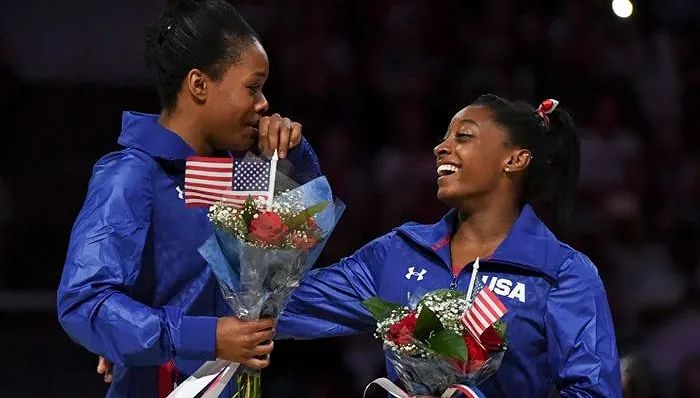 ▲ Even in a sports powerhouse like the USA, female athletes dominate Firstly, this is not a phenomenon unique to China. For instance, at the London Olympics, the US delegation saw female athletes winning 29 gold medals while male athletes secured only 17. Secondly, the “yin prevailing over yang” in Chinese sports is a result of strategic planning rather than a matter of “natural selection.” This strategic planning began in the mid-1990s with the introduction of the “Olympic Glory Plan” by the National Sports Commission. This rolling plan serves as a guiding framework for the development of competitive sports. Why is it called “rolling”? Because it is phased—”Outline of the Olympic Glory Plan 1994-2000,” “Outline of the Olympic Glory Plan 2001-2010,” and “Outline of the Olympic Glory Plan 2011-2020,” essentially structured in ten-year cycles. The direct goal of this plan is to win more gold medals at the Olympics.
▲ Even in a sports powerhouse like the USA, female athletes dominate Firstly, this is not a phenomenon unique to China. For instance, at the London Olympics, the US delegation saw female athletes winning 29 gold medals while male athletes secured only 17. Secondly, the “yin prevailing over yang” in Chinese sports is a result of strategic planning rather than a matter of “natural selection.” This strategic planning began in the mid-1990s with the introduction of the “Olympic Glory Plan” by the National Sports Commission. This rolling plan serves as a guiding framework for the development of competitive sports. Why is it called “rolling”? Because it is phased—”Outline of the Olympic Glory Plan 1994-2000,” “Outline of the Olympic Glory Plan 2001-2010,” and “Outline of the Olympic Glory Plan 2011-2020,” essentially structured in ten-year cycles. The direct goal of this plan is to win more gold medals at the Olympics.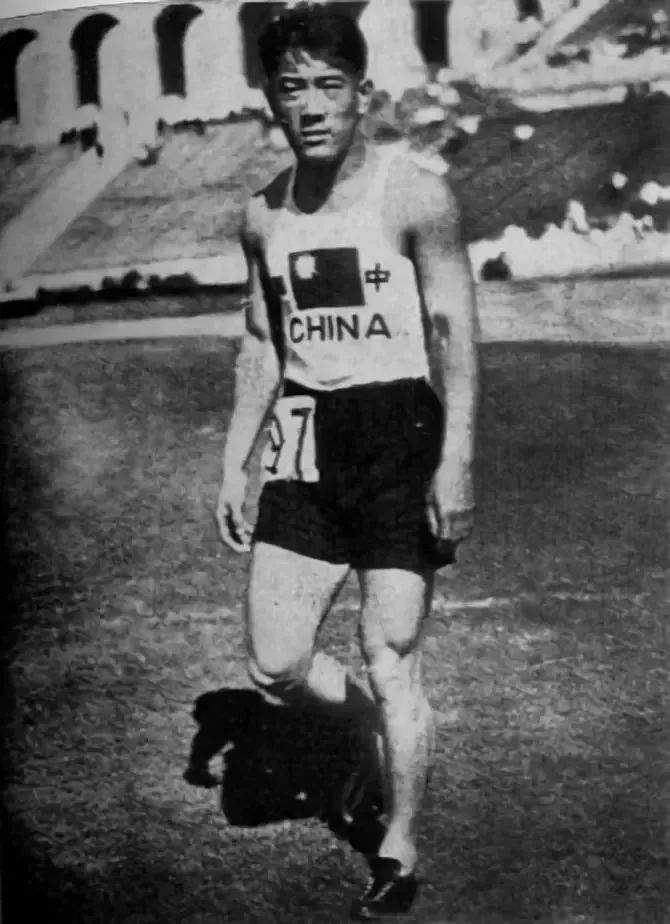 ▲ After Liu Changchun’s heroic “single sword meeting,” the Chinese people began to place great importance on Olympic gold medals China’s Olympic history dates back to the 1932 Los Angeles Olympics, where Liu Changchun’s tragic “single sword meeting” occurred. Liu passed away in 1983, missing the historic moment in 1984 when the Chinese delegation won 15 gold medals and 32 total medals in Los Angeles. However, in the subsequent Seoul and Barcelona Olympics, China won only 5 and 16 gold medals, respectively, which were unsatisfactory results. Although today we may not prioritize gold medals as much, at that time, the public placed significant importance on them, prompting the state to take this seriously, which is the historical context for the “Olympic Glory Plan.” China is a late-industrializing country, and this status is reflected not only in economic and technological strengths but also in sports—starting late and facing challenges in competitive levels is a reality that Chinese sports must confront.
▲ After Liu Changchun’s heroic “single sword meeting,” the Chinese people began to place great importance on Olympic gold medals China’s Olympic history dates back to the 1932 Los Angeles Olympics, where Liu Changchun’s tragic “single sword meeting” occurred. Liu passed away in 1983, missing the historic moment in 1984 when the Chinese delegation won 15 gold medals and 32 total medals in Los Angeles. However, in the subsequent Seoul and Barcelona Olympics, China won only 5 and 16 gold medals, respectively, which were unsatisfactory results. Although today we may not prioritize gold medals as much, at that time, the public placed significant importance on them, prompting the state to take this seriously, which is the historical context for the “Olympic Glory Plan.” China is a late-industrializing country, and this status is reflected not only in economic and technological strengths but also in sports—starting late and facing challenges in competitive levels is a reality that Chinese sports must confront.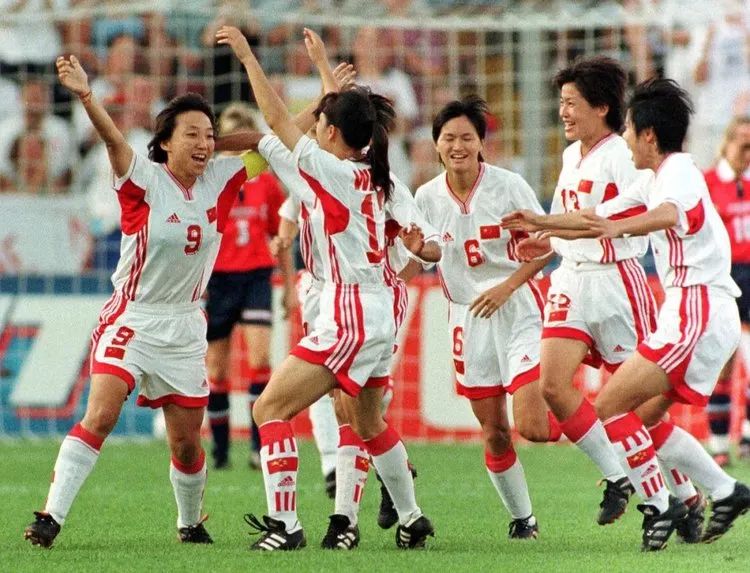 ▲ Even at their strongest, the women’s soccer team only won a silver medal Given this, it is not feasible to directly compete with sports powerhouses in high-profile events like men’s soccer, basketball, or tennis, where “it is unwise to compete head-on.” Instead, a strategy akin to “Tian Ji’s horse racing” is employed, focusing on less competitive, less popular, and less commercialized niche events to achieve breakthroughs. In summary, the key investment projects identified by the “Olympic Glory Plan” can be summarized as“small, skillful, difficult, female, and few, meaning small ball sports, skill-based events, high-difficulty projects, women’s events, and those with fewer participants.” This is indeed a cost-effective strategy. For instance, in soccer, 11 players are needed to win a championship, yielding only one gold medal, while in diving, one person can also win a gold medal. With the same investment of 10 million, funding soccer may yield no results, while investing in diving could potentially result in several gold medals. The success of this strategy began to show at the Sydney Olympics—China won 28 gold medals and 58 total medals, placing in the top three. At the Beijing Olympics, a historic 48 gold medals and 100 total medals were achieved, ranking first and creating history.
▲ Even at their strongest, the women’s soccer team only won a silver medal Given this, it is not feasible to directly compete with sports powerhouses in high-profile events like men’s soccer, basketball, or tennis, where “it is unwise to compete head-on.” Instead, a strategy akin to “Tian Ji’s horse racing” is employed, focusing on less competitive, less popular, and less commercialized niche events to achieve breakthroughs. In summary, the key investment projects identified by the “Olympic Glory Plan” can be summarized as“small, skillful, difficult, female, and few, meaning small ball sports, skill-based events, high-difficulty projects, women’s events, and those with fewer participants.” This is indeed a cost-effective strategy. For instance, in soccer, 11 players are needed to win a championship, yielding only one gold medal, while in diving, one person can also win a gold medal. With the same investment of 10 million, funding soccer may yield no results, while investing in diving could potentially result in several gold medals. The success of this strategy began to show at the Sydney Olympics—China won 28 gold medals and 58 total medals, placing in the top three. At the Beijing Olympics, a historic 48 gold medals and 100 total medals were achieved, ranking first and creating history.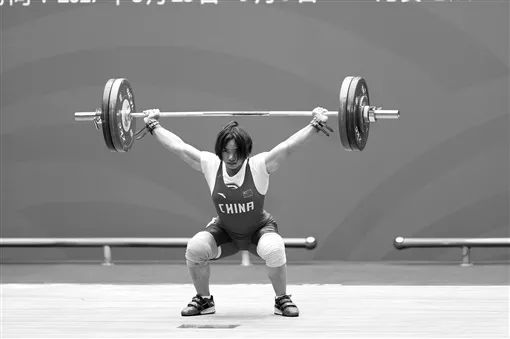 ▲ Weightlifting is a niche sport, and women’s weightlifting is even more niche, making it easier to win gold Among all the Olympic gold medals won by China, diving leads with 40 medals, followed by weightlifting with 31, gymnastics with 29, table tennis with 28, shooting with 22, badminton with 18, and swimming with 13… all of which were anticipated in the “Olympic Glory Plan.” In these gold medals, women’s events stand out even more, as the overall competition in women’s events is not as intense as in men’s. Firstly, the majority of men’s events are inherently more visually appealing, making them easier to professionalize and commercialize, while women’s events are relatively more challenging, with some women’s events entering the Olympics around the same time as China’s participation, resulting in lower competitive levels compared to men’s events. Thus, China has leveraged its national sports system to more easily surpass potential competitors in women’s events. The so-called “national sports system” refers to the unified arrangement by the state to select and train outstanding talents through a multi-tiered process, mobilizing resources nationwide to focus on cultivating potential gold medalists.
▲ Weightlifting is a niche sport, and women’s weightlifting is even more niche, making it easier to win gold Among all the Olympic gold medals won by China, diving leads with 40 medals, followed by weightlifting with 31, gymnastics with 29, table tennis with 28, shooting with 22, badminton with 18, and swimming with 13… all of which were anticipated in the “Olympic Glory Plan.” In these gold medals, women’s events stand out even more, as the overall competition in women’s events is not as intense as in men’s. Firstly, the majority of men’s events are inherently more visually appealing, making them easier to professionalize and commercialize, while women’s events are relatively more challenging, with some women’s events entering the Olympics around the same time as China’s participation, resulting in lower competitive levels compared to men’s events. Thus, China has leveraged its national sports system to more easily surpass potential competitors in women’s events. The so-called “national sports system” refers to the unified arrangement by the state to select and train outstanding talents through a multi-tiered process, mobilizing resources nationwide to focus on cultivating potential gold medalists.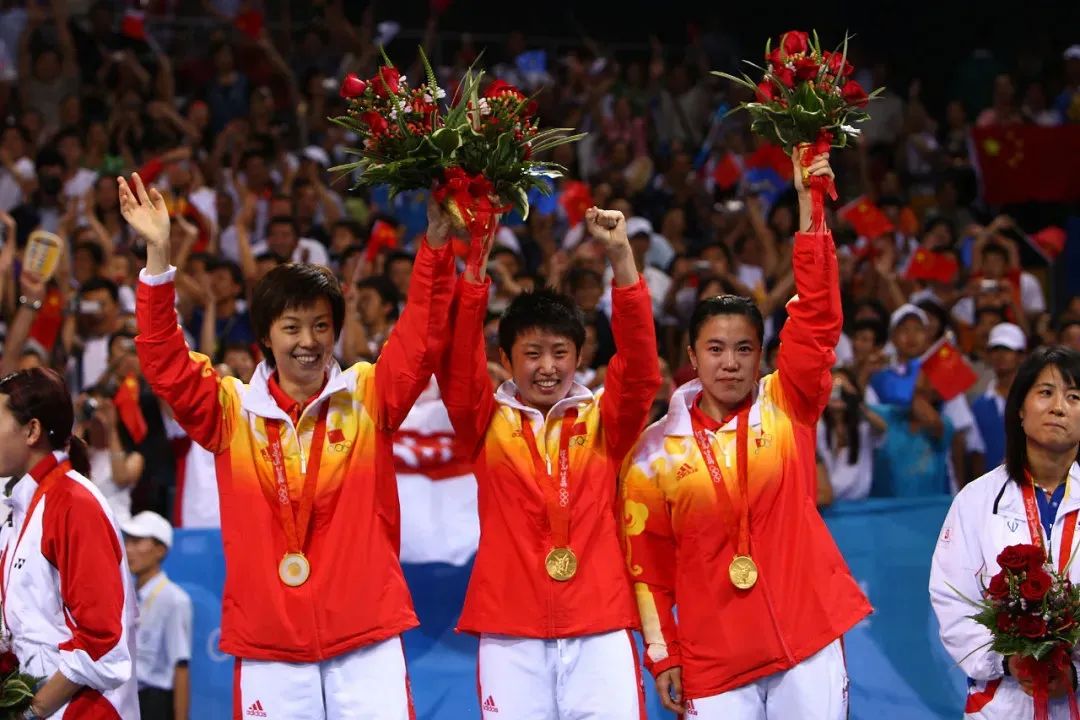 ▲ The Chinese women’s table tennis team, losing a match becomes major news Secondly, in today’s world, there are many countries where women face discrimination and oppression, leading to underwhelming performances in women’s events or even non-participation in the Olympics, which inadvertently reduces the intensity of competition. As a result, Chinese women’s events have received more attention, and quality sports resources have been directed towards female athletes. The ease with which female athletes can win gold medals is not due to the inadequacy of Chinese male athletes or men in general, but rather a strategic planning outcome based on the current realities. It can be said that the “Olympic Glory Plan” has been quite successful, yielding a significant number of gold medals for China at a relatively low cost, boosting national morale and enhancing China’s international image. Of course, the national sports system also has its drawbacks—athletes’ benefits are tied to medal counts, and those who fail to reach the Olympic stage in fierce competition have limited career prospects. While many gold medal strengths have been achieved, they often lack visual appeal and international impact, resulting in a lesser effect on promoting mass sports.
▲ The Chinese women’s table tennis team, losing a match becomes major news Secondly, in today’s world, there are many countries where women face discrimination and oppression, leading to underwhelming performances in women’s events or even non-participation in the Olympics, which inadvertently reduces the intensity of competition. As a result, Chinese women’s events have received more attention, and quality sports resources have been directed towards female athletes. The ease with which female athletes can win gold medals is not due to the inadequacy of Chinese male athletes or men in general, but rather a strategic planning outcome based on the current realities. It can be said that the “Olympic Glory Plan” has been quite successful, yielding a significant number of gold medals for China at a relatively low cost, boosting national morale and enhancing China’s international image. Of course, the national sports system also has its drawbacks—athletes’ benefits are tied to medal counts, and those who fail to reach the Olympic stage in fierce competition have limited career prospects. While many gold medal strengths have been achieved, they often lack visual appeal and international impact, resulting in a lesser effect on promoting mass sports. 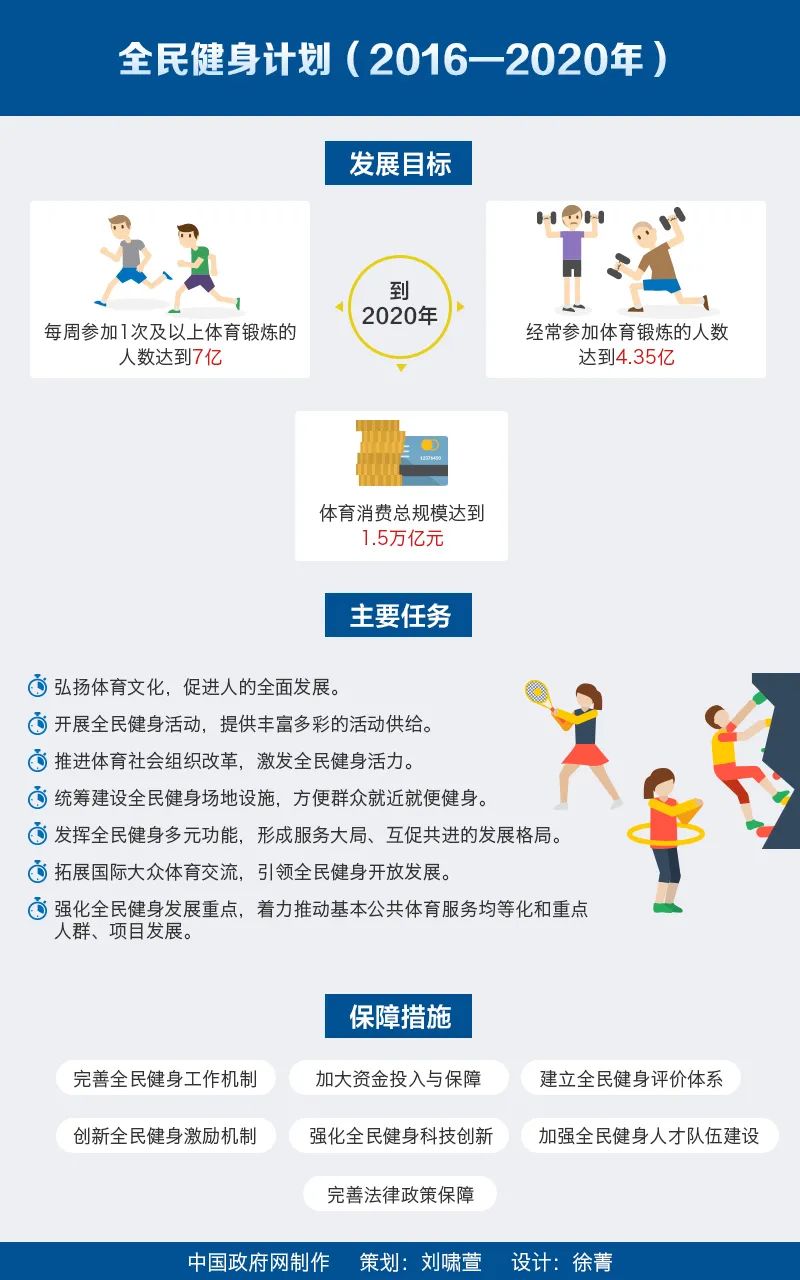 Thus, alongside the birth of the “Olympic Glory Plan,” another often overlooked initiative emerged—the “National Fitness Plan.” This plan, issued by the State Council in 1995, complements the “Olympic Glory Plan” and is also rolling in nature, having gone through three phases: 1995-2010, 2011-2015, and 2016-2020, with the 2021-2025 phase soon to commence.
Thus, alongside the birth of the “Olympic Glory Plan,” another often overlooked initiative emerged—the “National Fitness Plan.” This plan, issued by the State Council in 1995, complements the “Olympic Glory Plan” and is also rolling in nature, having gone through three phases: 1995-2010, 2011-2015, and 2016-2020, with the 2021-2025 phase soon to commence.  ▲ The elderly were once the main force in fitness, but now more young people are participating The goal of the “National Fitness Plan” is to develop mass sports, promote fitness for all, enrich spiritual and cultural life, and expand the grassroots foundation for competitive sports. Since its implementation, it has achieved numerous goals, including “over 1.2 million various sports venues nationwide” and “an average of 1.5 square meters of sports venue area per person.” According to the 2014 National Physical Fitness Monitoring results, 89.6% of urban and rural residents met the “National Physical Fitness Assessment Standards.” According to statistics released by the General Administration of Sport, by 2015, the proportion of people regularly participating in sports nationwide reached 33.9%, with urban residents aged 16 and above (excluding students) at 19.8% and rural residents at 9.5%.
▲ The elderly were once the main force in fitness, but now more young people are participating The goal of the “National Fitness Plan” is to develop mass sports, promote fitness for all, enrich spiritual and cultural life, and expand the grassroots foundation for competitive sports. Since its implementation, it has achieved numerous goals, including “over 1.2 million various sports venues nationwide” and “an average of 1.5 square meters of sports venue area per person.” According to the 2014 National Physical Fitness Monitoring results, 89.6% of urban and rural residents met the “National Physical Fitness Assessment Standards.” According to statistics released by the General Administration of Sport, by 2015, the proportion of people regularly participating in sports nationwide reached 33.9%, with urban residents aged 16 and above (excluding students) at 19.8% and rural residents at 9.5%. 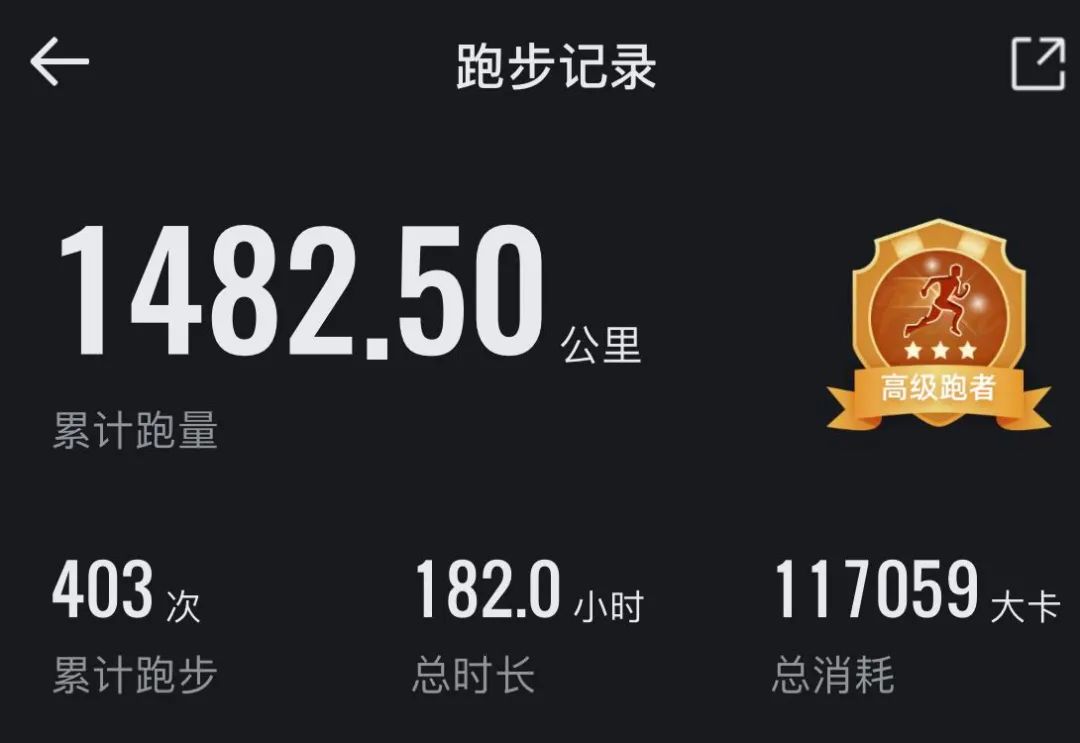 ▲ Actively participate in the “National Fitness Plan”! I have already run 1482 kilometers Based on my personal experience, the number of people voluntarily participating in sports is increasing—gyms are crowded, and while running on the streets at night, I often get overtaken by young men or women. The fitness equipment in residential areas is frequently occupied by elderly people… Physical education classes in primary and secondary schools are no longer trivial; they must ensure time as a core subject, as physical education is a mandatory examination for graduation and advancement.
▲ Actively participate in the “National Fitness Plan”! I have already run 1482 kilometers Based on my personal experience, the number of people voluntarily participating in sports is increasing—gyms are crowded, and while running on the streets at night, I often get overtaken by young men or women. The fitness equipment in residential areas is frequently occupied by elderly people… Physical education classes in primary and secondary schools are no longer trivial; they must ensure time as a core subject, as physical education is a mandatory examination for graduation and advancement. 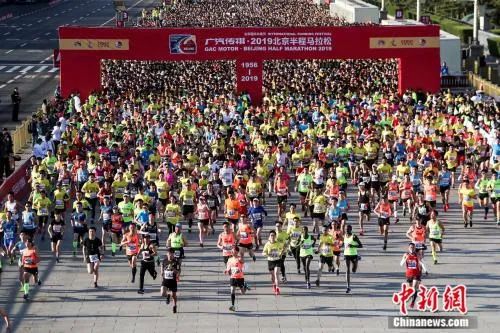 ▲ More and more people are running; there are not enough marathons to accommodate everyone In conclusion, Olympic gold medals are no longer as important, as we no longer have a strong need for them to uplift our spirits. Correspondingly, the general public places greater emphasis on sports, with higher participation rates. Because using sports to enrich the spirit, strengthen the body, and pursue self-improvement is the true essence of sports that we can grasp and utilize—every step taken in running, every drop of sweat shed, every moment of perseverance, whether for the Olympics or for oneself, is ultimately for China!
▲ More and more people are running; there are not enough marathons to accommodate everyone In conclusion, Olympic gold medals are no longer as important, as we no longer have a strong need for them to uplift our spirits. Correspondingly, the general public places greater emphasis on sports, with higher participation rates. Because using sports to enrich the spirit, strengthen the body, and pursue self-improvement is the true essence of sports that we can grasp and utilize—every step taken in running, every drop of sweat shed, every moment of perseverance, whether for the Olympics or for oneself, is ultimately for China!



